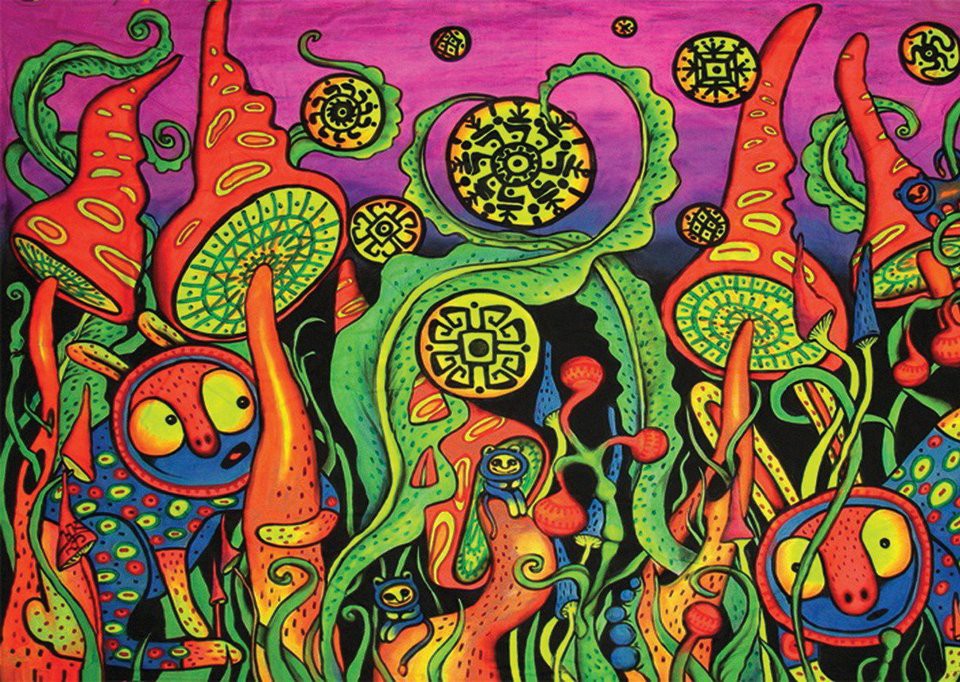Legendary collection of classical Indian artists and recordings. Alain Danielou traveled throughout North & South India during the 1950s to complete this documentation. This boxset is stated as the earliest long-playing overview of classical Indian music released in a western context.
Key landmark of this set is its feature of the first LP-length recorded duet between Ali Akbar Khan & Ravi Shankar; prior to which only a couple 78-issued recordings of their duets were scarcely heard in India. A highlight for me is the recording “Svara Mandala” by Svami D.R. Parvatikar. Here Parvatikar plays a dulcimer-type instrument called the Cimbalom; really beautiful sounds.. (and on another note matching something not unlike a dream where Tuluum Shimmering composes on the harp.) The vocal performances by the Dagar brothers are also my favorites; jump to track 16 for the “Alapa” performance.. slow, great big drone leanings.
This boxset was re-released in 1997 on CD by Auvidis in commemoration of Mr. Danielou who had passed away 3 years earlier in 1994. There’s a pretty good review on the discogs page for the CD re-release; I’ll include it below for some further details. But onward though – took a while to get this whole thing ripped but it’s a great one, enjoy!
Grumpiness writes:
“An exquisite compilation put together in honour of the cultural philanthropist Alain Danielou. When I first heard this album, my hair stood on end. I’m fairly familiar with the Indian Classical genre, but this was a whole new experience. The majority of the instrumental pieces are performed in the northern Indian style, which has taken some of its influence from the Mughal Empire and therefore has a more Middle Eastern flavour. The vocal performances are sung in the South Indian style, which was never touched by the Mughal Empire, and therefore draws more influence from Dravidian folk music. The effect of these vocal pieces is positively spine chilling. Being accustomed to the North Indian vocal style, I’m used to, (and reasonably fond of) the somewhat grandiose, melodramatic delivery of North Indian Ragas, especially when dealing with pieces which are designed to be a lament, or a dirge. The South Indian Ragas, by contrast, are performed cold. Surprisingly, having been stripped of the roller coaster vibrato, and overacted presentation of the Northern style, these songs come across as even more desolate. I can’t be sure if these Ragas were actually meant to be laments, because I don’t understand the language, (most of them are sung in Kannada, the regional language of Karnataka) but the loneliness, and haunting quality of the melodies is palpable, even though some of them are sung at a relatively fast tempo. I suspect some people may find the style a little disturbing.” (source)






